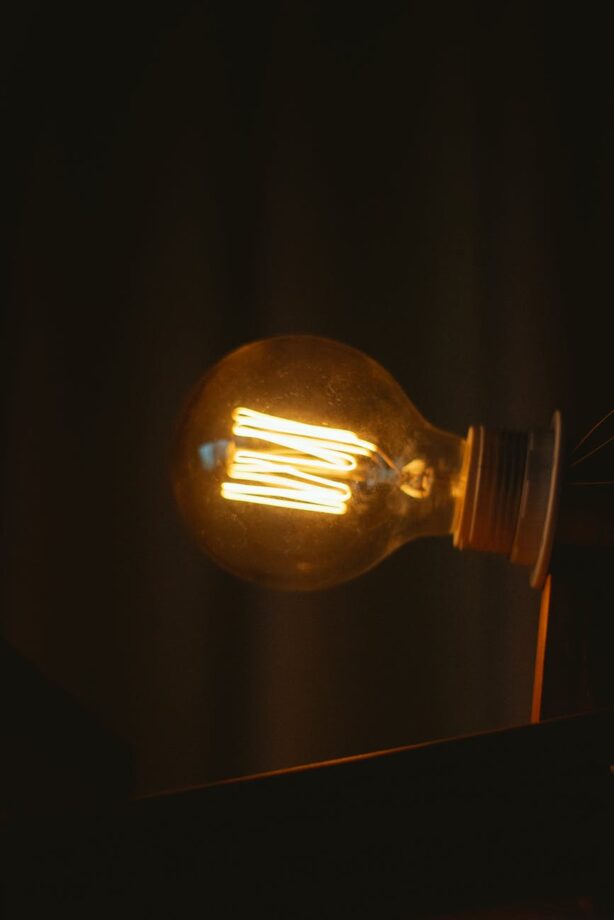The Epic War of Currents:
Tesla vs Edison
The rivalry that lit up the world and changed the future of electricity forever
The Spark of Innovation
In the late 1800s, two brilliant minds clashed in what became known as the “War of the Currents.” Thomas Edison, the celebrated American inventor, championed Direct Current (DC), while Nikola Tesla, the Serbian-born genius, advocated for Alternating Current (AC).
This was more than a technical disagreement—it was a battle of philosophies, business strategies, and visions for how electricity would power the modern world. The outcome would determine how billions of people access energy for centuries to come.

The Visionaries
On one side stood Thomas Edison—pragmatic, business-savvy, and already famous for inventions like the phonograph and incandescent light bulb. Edison’s DC system provided a steady, one-directional flow of electricity, simple but limited in range.
Opposing him was Nikola Tesla—a visionary thinker with an almost supernatural ability to visualize complex machines in his mind. Tesla’s AC system could change direction rapidly, allowing it to travel much farther with less energy loss.
Edison’s DC System
- Steady, one-directional current
- Simpler technology
- Required power stations every mile
- Inefficient for long distances
- Limited voltage options
Tesla’s AC System
- Alternating current direction
- Transformers could change voltages
- Efficient long-distance transmission
- Could serve larger areas
- More complex technology
The Battle Escalates
Edison, fearing his DC empire would collapse, launched a vicious campaign against AC. He publicly electrocuted animals—including an unfortunate elephant named Topsy—to demonstrate AC’s “dangers.” Newspapers sensationalized these events, dubbing the electric chair the “Westinghouse Chair” after Tesla’s financier.
Tesla, in contrast, focused on science. He conducted elegant demonstrations showing how AC could safely power lights without wires. At a famous 1888 presentation, he passed high-frequency AC through his body to illuminate a lamp, proving its safety when properly handled.

Turning Points in the War
Edison’s Pearl Street Station
Edison opens the first commercial power station in Manhattan, providing DC power to 59 customers in Lower Manhattan. The system requires thick copper wires and power stations every mile.
Tesla Arrives in America
Nikola Tesla arrives in New York with four cents in his pocket and a letter of introduction to Edison. He works for Edison but quits after a payment dispute over improving DC generators.
Tesla Patents AC System
Tesla is granted patents for his complete AC system, including the induction motor and transformer. George Westinghouse purchases the patents for $60,000 plus royalties.
The World’s Fair
Tesla and Westinghouse win the contract to illuminate the Chicago World’s Fair. Their AC system powers over 100,000 lights, dazzling visitors and proving AC’s superiority.
Niagara Falls Power Plant
The first large-scale hydroelectric plant opens at Niagara Falls using Tesla’s AC system. It transmits power over 40 kilometers to Buffalo, NY—something Edison claimed was impossible.
The 1893 World’s Fair: AC Triumphs
The World’s Columbian Exposition in Chicago became the decisive battlefield. Organizers needed a system to illuminate the entire 600-acre fairground—twice the size of any existing electrical installation.
Edison bid $554,000 using his DC technology. Westinghouse undercut him with a $399,000 bid using Tesla’s AC system. Against intense lobbying from Edison, Westinghouse won the contract.
On opening night, President Grover Cleveland pressed a golden key, and instantly 100,000 incandescent lamps illuminated the fairgrounds—dubbed the “White City” for its stunning brightness. Over 27 million visitors witnessed AC’s capabilities, and the victory was decisive.

Beyond the Light Bulb: Tesla’s Vision
While Tesla won the War of Currents, his mind raced decades ahead. He envisioned technologies that wouldn’t be realized for a century:
Wireless Communication
Tesla demonstrated radio technology years before Marconi and envisioned global wireless networks
Remote Control
In 1898, Tesla demonstrated the first radio-controlled boat, pioneering robotics and drones
Renewable Energy
Tesla envisioned harnessing the sun’s energy and geothermal power long before modern solar cells
“Death Ray”
His proposed Teleforce weapon (1930s) foreshadowed directed-energy defense systems
“The present is theirs; the future, for which I really worked, is mine.”
The Currents of History
Though Edison won more fame and fortune during his lifetime, Tesla’s AC system became the foundation of our modern electrical grid. Today, approximately 90% of the world’s electricity is delivered using Tesla’s alternating current principles.
Edison gave us practical inventions that improved daily life, but Tesla gave us the visionary framework that powered the 20th century and beyond. Their rivalry—though fierce—ultimately accelerated electrical innovation in ways neither could have achieved alone.
As you plug in your devices, charge your car, or switch on a light, remember the epic battle between these two giants—a war of currents that truly lit up the world.


Leave a Reply